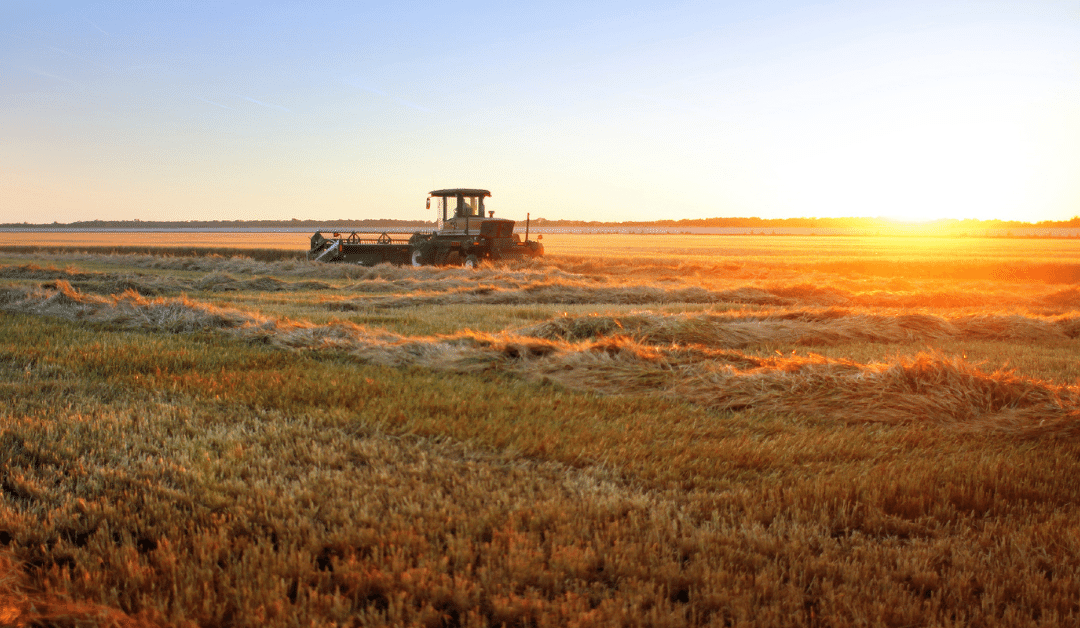Winnipeg Metro Region takes an exciting approach as part of Draft Plan2050 with participants from First Nations, NGOs, municipalities and watershed districts to find new ways to protect the environment
__________
Water is life and in Manitoba we are often blessed with either too much or too little water. Right now, it feels like we’re in for a very hot and dry summer.
The Municipal Natural Asset Initiative kicked off today with an information webinar. Over 45 participants attended from municipalities, First Nations, watershed districts, planning and non-governmental organizations that represent the 18 municipalities in the Winnipeg Metropolitan Region.
Last week I did an interview CTV Winnipeg Morning Live about this exciting initiative. You can see the interview here.
What are natural assets? Examples include parks, trees, aquifers, wetlands and grasslands. They provide services like storm water management, improve air quality, offer protection from extreme weather and more.
Across Canada, municipalities and regions are looking at new ways to manage the effects of extreme weather such as flooding and drought by taking stock of their natural assets alongside of their hard or grey infrastructure. The Winnipeg Metropolitan Region is one of the first regions in Manitoba to undertake the creation of a Natural Assets Inventory, as part of Draft Plan20-50. This exciting initiative will see 18 municipalities as well as First Nations develop a shared list of natural assets.
To find out more about the Municipal Natural Assets Initiative (MNAI) check out their website.
This project will allow us to identify our shared assets and evaluate the condition of these assets so we can begin to understand the benefit they provide for our region overall. Research shows that identifying, measuring and managing natural assets as part of an overall asset management strategy can stretch tight infrastructure budgets, provide essential services to communities as well as enhance our quality of life. Once we know what we have, we can then begin to protect, restore and enhance these natural assets.
There is increased evidence that demonstrates that natural assets are resilient and adaptable to climate change. Natural assets can offer our region greater protection from extreme weather events and add services in ways that many traditional engineered assets cannot match. We know that planning our region to be resilient in the face of a changing climate has never been more important.
There’s also strong evidence that investors are now carefully scrutinizing how seriously regions are managing climate risk. Last year, BlackRock Investments CEO Larry Fink made the point crystal clear, stating: “climate risk is an investment risk,” and is now requiring stringent climate risk disclosure of the firms BlackRock invest in.
Elsewhere in the United States, insurance brokers are explicitly factoring in climate risk to property, housing, infrastructure and entire regions – advising on which states are the most “climate change prepared.” Projects like this and a regional plan with a focus on regional resilience is a solid step to becoming climate prepared.
Draft Plan20-50 has a regional climate change strategy that is informed by leading edge, up-to-date data as well as global best practices.
That’s why Draft Plan20-50 is so important.






0 Comments